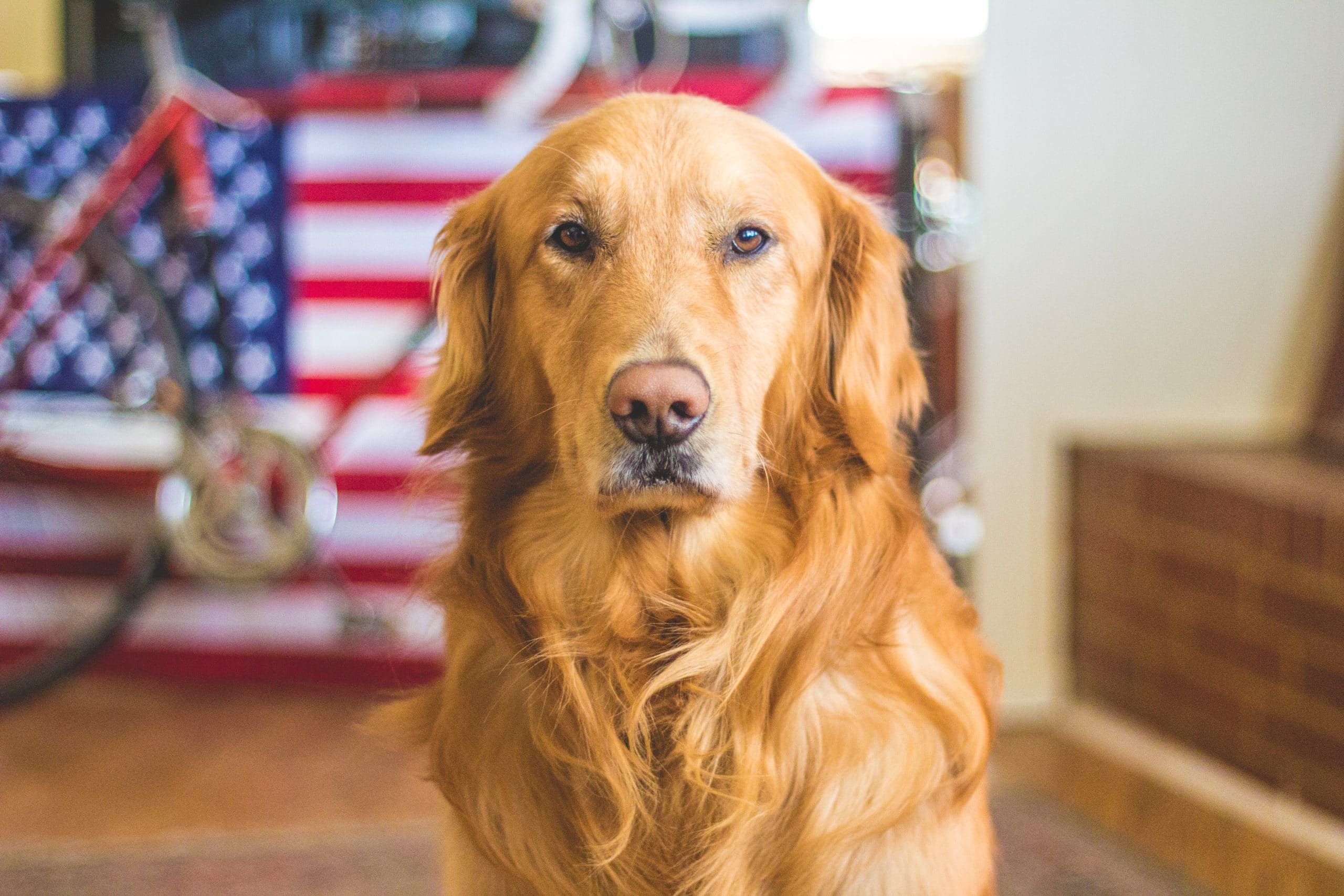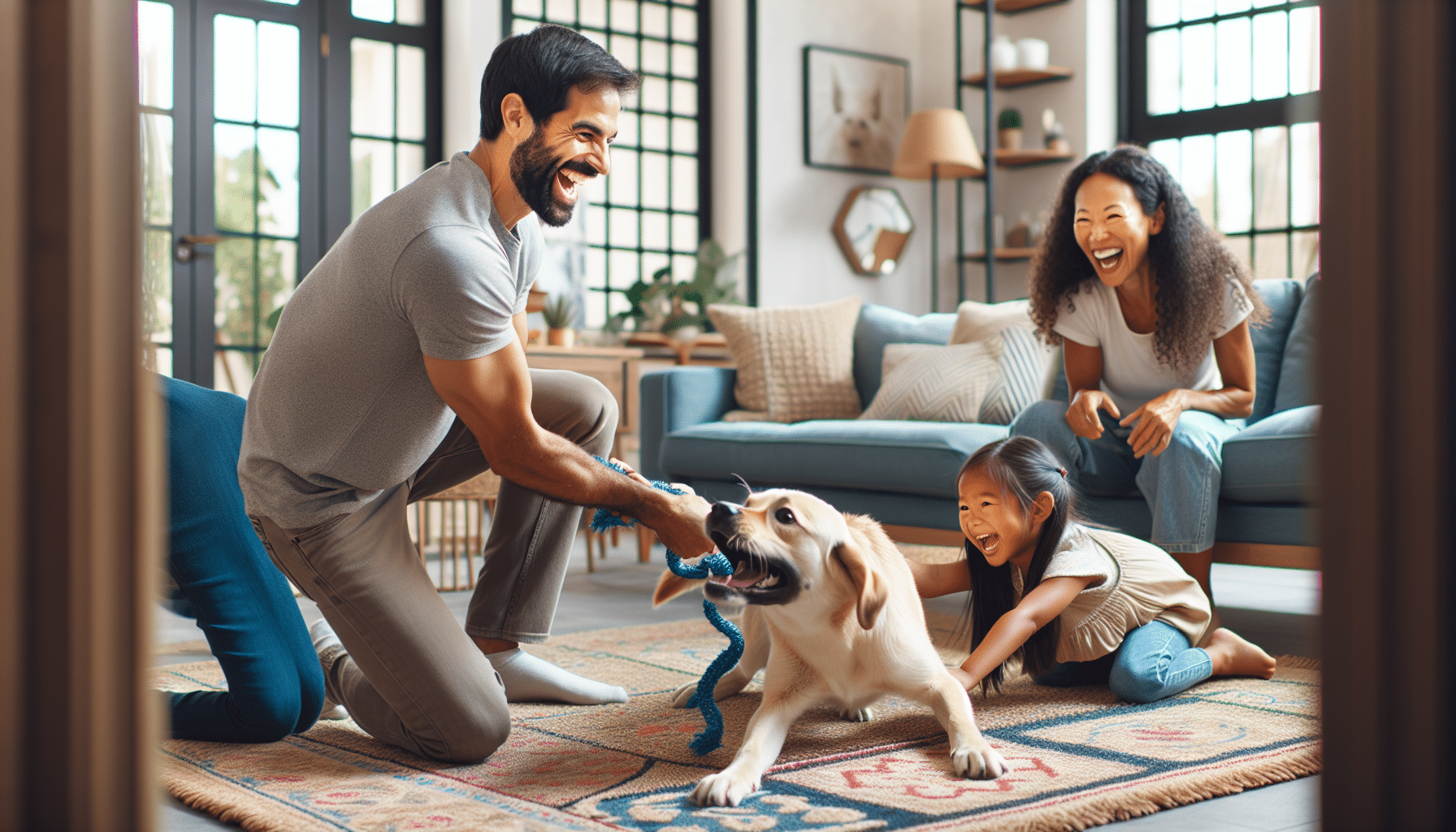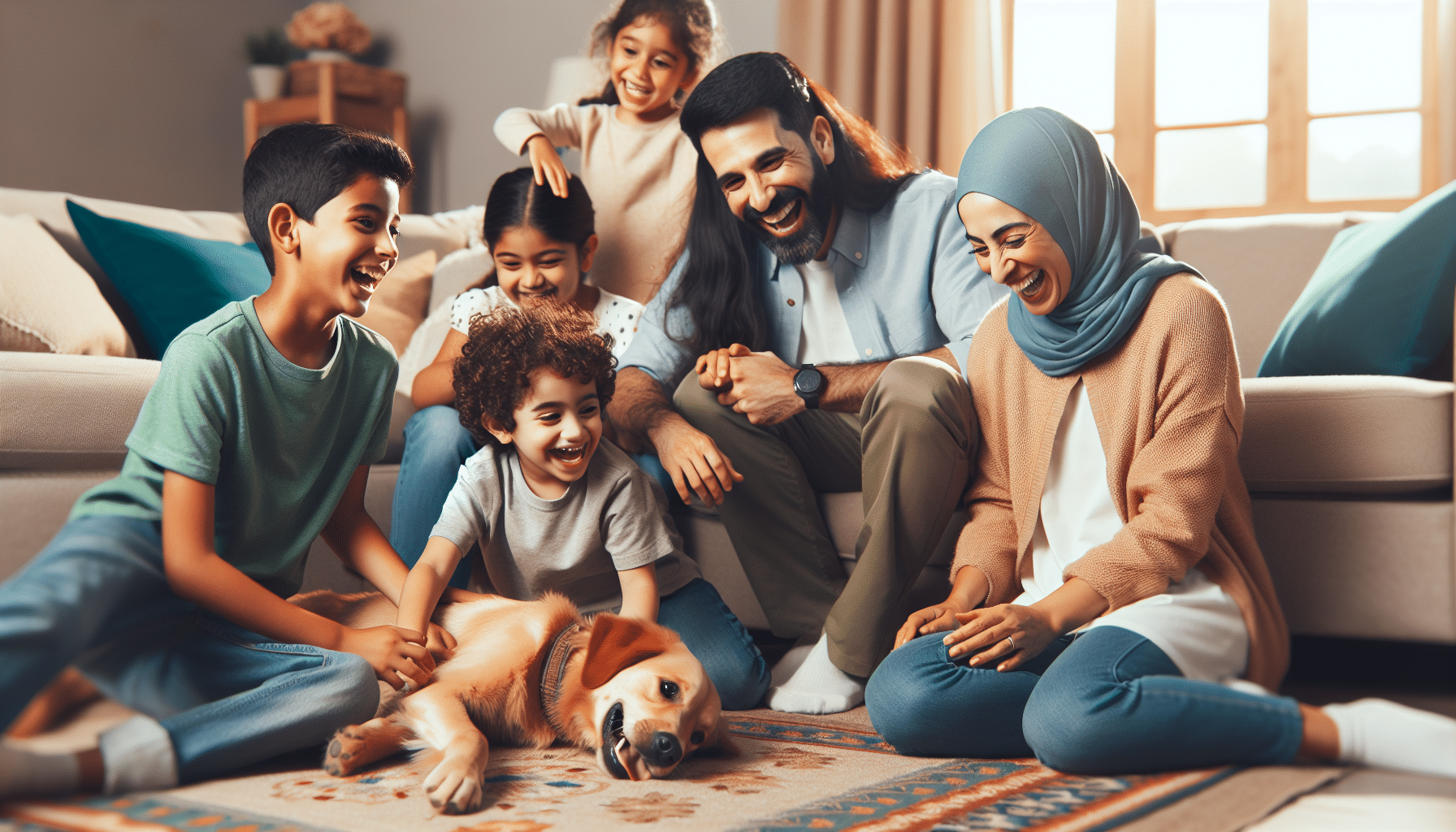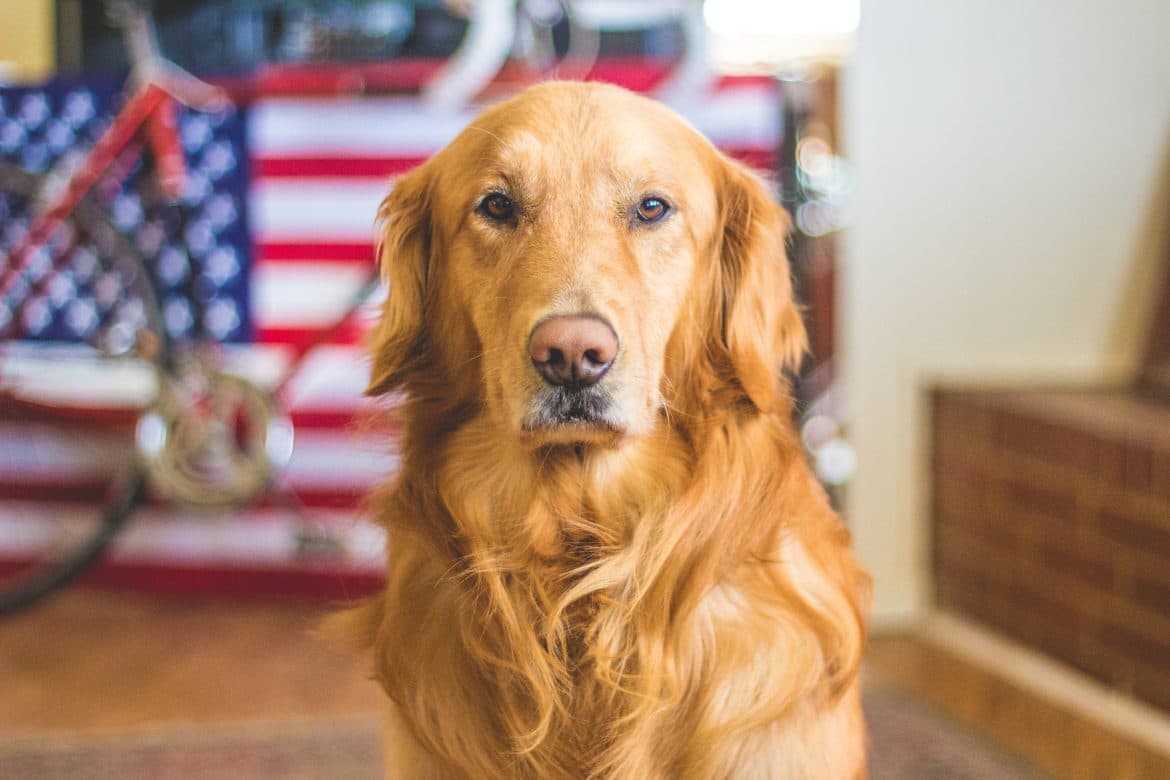Are you a new dog owner looking to seamlessly integrate your four-legged friend into your family? Look no further! Our comprehensive guide provides you with all the information and resources you need to ensure a harmonious and loving environment for both your family and your new furry companion. From tips on introducing your dog to family members to creating a routine that fosters a strong bond, this guide has got you covered. Invest in our Family Integration Packages today and embark on a journey of joy, love, and lasting memories with your new pet.
The Ultimate Guide to Family Integration for New Dog Owners

This image is property of images.unsplash.com.
Understanding the Importance of Family Integration
Bringing a new dog into your family is an exciting and joyful experience, but it also requires a lot of preparation and thought. One of the key aspects of ensuring a successful integration is understanding the importance of family integration. Dogs are highly social animals and crave human interaction and companionship. By involving every family member in the process, you not only enhance the bond between the dog and each individual but also create a harmonious and supportive environment for your furry friend.
Preparing the Home for the New Dog
Before bringing your new dog home, it's important to make some necessary preparations to ensure their safety and comfort. Start by designating a specific area of your home where your dog will spend most of their time, especially during the initial adjustment period. This can be a cozy corner in the living room or a dedicated dog room. Make sure this space is equipped with all the essentials like a comfortable bed, food and water bowls, and toys. Additionally, be sure to puppy-proof the house by removing any potential hazards such as toxic plants, loose cords, and small objects.

This image is property of images.unsplash.com.
Establishing Rules and Boundaries
Setting clear rules and boundaries is essential for a well-behaved and happy dog. Discuss with your family members and come up with a set of consistent rules that everyone agrees to follow. These rules may include things like where the dog is allowed to go in the house, what furniture they can access, and the designated feeding and walking routines. Consistency is key here, as dogs thrive on structure and routine. By establishing these rules from the beginning, you will help your new dog understand their boundaries and expectations in the family.
Introducing the Dog to Each Family Member
When bringing a new dog home, it's important to introduce them to each family member gradually and in a positive manner. Dogs may feel overwhelmed by too many new faces and voices all at once. Start by allowing each family member to spend some one-on-one time with the dog in a calm and quiet environment. Encourage gentle interactions and let them get to know each other at their own pace. This will help build trust and familiarity, and allow the dog to feel comfortable and safe with every member of the family.
This image is property of images.unsplash.com.
Creating a Schedule and Routine
Dogs thrive on structure and routine, so establishing a consistent schedule is vital for their well-being. Sit down with your family and create a daily routine that includes regular meal times, exercise, playtime, and bedtime. Having a predictable schedule not only provides stability for your dog, but it also helps your family members to actively participate in their care. When everyone is on the same page and follows the schedule, it becomes easier for the new dog to acclimate to their new life and feel a sense of belonging.
Involving Kids in Dog Care
If you have children, involving them in the care of the new dog is a wonderful way to teach responsibility and empathy. Assign age-appropriate tasks such as feeding, grooming, and walking to each child. This not only lightens the load for the adults but also fosters a sense of ownership and pride in the child. Make sure to supervise and guide them during these interactions to ensure both the child and the dog are safe. By involving kids in dog care, you are instilling lifelong values of compassion and nurturing.

Teaching Children How to Interact with the Dog
It's important to teach children how to interact appropriately with their new furry sibling. Start by explaining to them the dos and don'ts of dog interactions. Teach them to approach the dog slowly and calmly, avoid sudden movements, and refrain from pulling ears or tails. Help them understand that a dog has feelings too and may get scared or agitated if treated roughly. Encourage them to use a gentle touch and provide positive reinforcement when they display respectful behavior towards the dog. By teaching children how to interact with the dog, you are fostering a safe and loving environment for both.
Ensuring Safe Interactions between the Dog and Children
Safety is paramount when it comes to interactions between dogs and children. Always supervise any interactions between them, especially during the early stages of integration. Don't leave young children alone with the dog, as even the most well-behaved dog can become overwhelmed or feel threatened. Teach your children to respect the dog's personal space, and intervene if you notice any signs of discomfort or aggression from either party. By ensuring safe interactions, you are protecting the well-being of both your dog and your children.

Encouraging Bonding Activities
Creating opportunities for bonding activities between your family members and your new dog is crucial for strengthening the familial bond. Take the time to engage in activities that promote interaction and connection, such as daily walks, playtime, and training sessions. These activities not only provide physical exercise but also strengthen the emotional bond between your family and your dog. Encourage each family member to take turns being the primary caregiver during these activities to deepen their individual relationship with the dog.
Dealing with Challenges and Behavioral Issues
Despite your best efforts, you may encounter challenges and behavioral issues during the integration process. It's important to approach these issues with patience, understanding, and consistency. Seek professional help if needed, such as consulting with a reputable dog trainer or behaviorist. Remember that every dog is unique, and some may require more time and effort to adjust to their new family environment. With consistency, positive reinforcement, and a supportive family, you can overcome these challenges and create a harmonious and loving home for both you and your new furry companion.
As a new dog owner, integrating your dog into your family is an ongoing process that requires time, effort, and commitment. By following this comprehensive guide, you can ensure a smooth and successful integration that will result in a strong and lasting bond between your new dog and every member of your family. Remember to be patient, understanding, and to enjoy the journey of welcoming a new four-legged member into your loving home.



